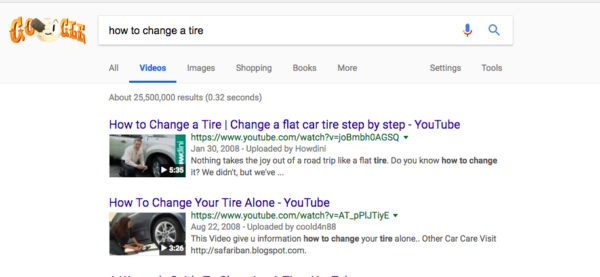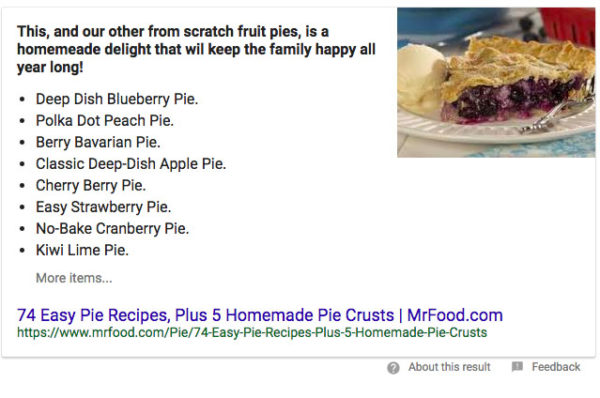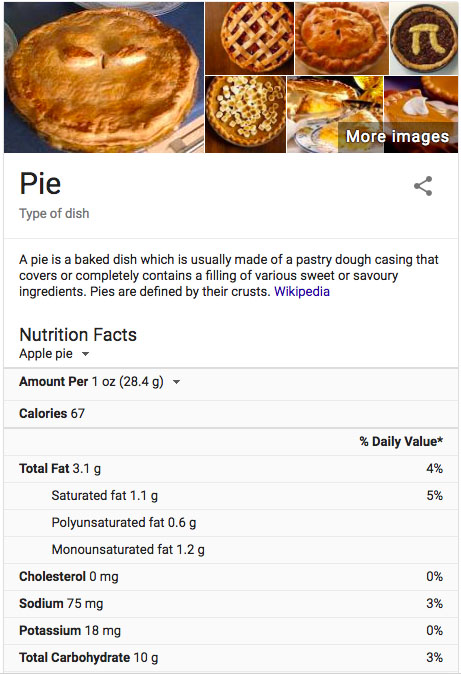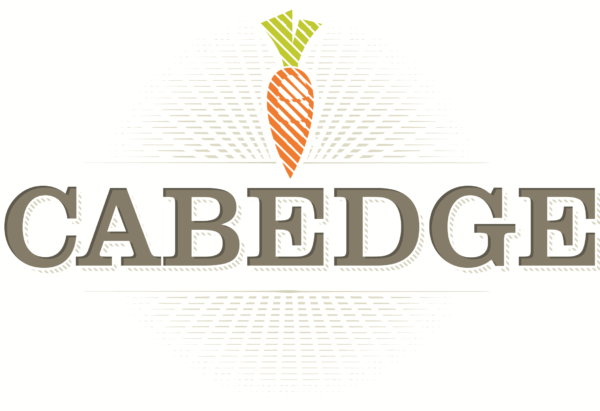5 Things to Avoid for Good SEO
Search Engine Optimization feels like this mystical world that needs to be uncovered layer by layer. There’s really not that much to it — create good content and utilize the tools available to you to make sure your content is seen — but still it seems like there are 40 new articles coming out each day about how to best utilize SEO. Today, we are going to talk about what you shouldn’t do. It’s easy to tell you to link-earn, utilize keywords, and share your content, but what about what you’re already doing that you should stop doing right now?
Here are five things you should stop doing in order to improve your SEO today.
1. Duplicating content.
Sometimes website creators think the more information the more likely they are to rank for their website. Good idea, but it’s wrong. Google (and other search engines) are sophisticated — they know when information is being duplicated or when there are too many pages on a website and that reflects in the ranking. You might think it’s important to create sub-pages for all the services you provide, but if there’s very little content on those sub-pages, it might be a better idea to keep all your services on one page. Fewer pages that have more information are more likely to rank higher on Google. Additionally, you shouldn’t create ten pages with mostly the same information except for a different title (like if you offer services in different cities). Stick with creating quality content for one page and see how well it ranks.
2. Cut off spammy links. They aren’t benefiting you.
Gaining links/link-building is crucial for good SEO ranking, but having spammy links can actually hinder your chances of changing your ranking. “Spammy” links come about when you outsource your link building or your link gets added to an unprofessional directory. It’s important to find these, and remove them if possible. You can submit a disavow document that tells Google you don’t want to be associated with spammy links, which should help with your ranking.
3. Ignoring extensions and social media.
Having great content and a stellar website is important, but if you’re not utilizing everything at your fingertips, your website ranking will only go so far. For local businesses, Google My Business is essential for high rankings. Adding in all applicable information to this extension helps ensure higher rankings from Google and more clicks from searchers. Additionally, social media is a great way to help your website get ranked. More and more people are using social media search functions to find new products and places to go. Platforms like Yelp are constant resources for locals and tourists when looking for places to go in town, influencers are impacting how consumers choose to spend their hard earned cash, and sharing your content and information on social media helps people see your information more organically. Utilize everything at your fingertips, not just the traditional marketing paths, and you’re ranking are sure to soar to the top.
4. Trying to go too big.
The goal is not to go viral overnight. Viral videos/stars/publicity stunts get a huge moment in the sun, but two weeks later few people remember them. It’s important to work toward consistent growth, which often is smaller than we may hope at the beginning — but it’s consistent. This is important to remember if you’re a local business. If you’re located in Portland with no additional locations and no e-commerce site, it’s important to focus your SEO geographically rather than trying to reach all four corners of the globe. Focus on SEO growth strategically, aiming for consistent growth, and you’ll go up in the search results one by one.
5. Focusing on everything but the content.
At the end of the day, the most important thing you do for your SEO ranking is create good content. It can be frustrating to hear this advice, but it’s the truth. If you don’t have good content, no one is going to stay on your page long enough for its high ranking to matter. Create good content, focus on organic engagement, and the rest will follow.
Are you ready to take the next step with your SEO? Contact Cabedge today. With our team of experts, we will be able to come up with an individualized plan to help improve your SEO today.

















